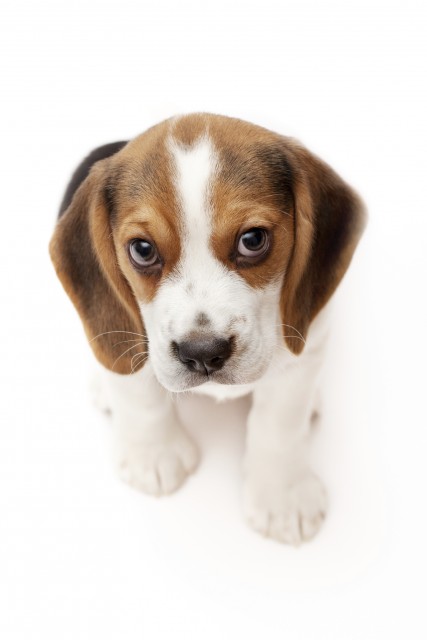Starting Out on the Right Paw
I get asked all the time about when it’s best to start training your puppy. The correct answer is: the day you get your puppy.
Starting a puppy out in the right direction is such a huge advantage for the puppy and the owner. Think about never letting your puppy develop any bad habits. There are some many things we can do with a puppy.
What You Should Do
- House manners/housebreaking: Using a crate will help your puppy begin to learn to hold its bowels and bladder and to indicate to you when the puppy needs to go outside to potty. Without a plan, your puppy will learn to go potty anywhere in the house and you’ll be left trying to fix a bad habit.
- Socializing with new people and surroundings: Puppies have a small window of opportunity to adapt to new surroundings and meeting new people. If we don’t get the puppy social, we could have a puppy who is not receptive to new things and new people. This can lead to many behavior problems that are very, very difficult to try to undo! Take your puppy to fun, positive places for short introductions to new surroundings and new people. Remember not to introduce your puppy to other dogs or take your puppy to places heavily populated with dogs. Your puppy is not yet fully vaccinated from the communicable diseases other dogs might have.
- Obedience work — teaching your dog to follow your cues: I make all learning positive-based fun for the puppy! Try short lessons where your pup will earn rewards for following your cues. Keep it to no longer than 2-3 minutes, as the puppy cannot concentrate longer than that. Too long of a session and your puppy gets fatigued and associates training with an unpleasant experience and you can become frustrated. Keep it short and fun!
- Imprinting good habits and curbing bad ones: Every little thing your puppy does at an early age is an exploration of new things and potential habits. Think about the first time your puppy starts to chew on the table leg. The puppy is teething and this is providing comfort and fun for the puppy. If not corrected by the pack leader, the puppy will associate a positive experience with chewing the table leg. So keep a close eye on the pup and discourage unwanted behaviors, followed by encouraging good behaviors. In the table-chewing situation, try offering an acceptable puppy chew toy to impart what is OK and what is not OK to chew on!
Need Help?
Start right away with a game plan to set up your dog and family for decades of good behavior. Or, better yet, contact Snug Pet Resort today to learn how we at Snug can use our experience to get your puppy off to a great start.
Mike Stone